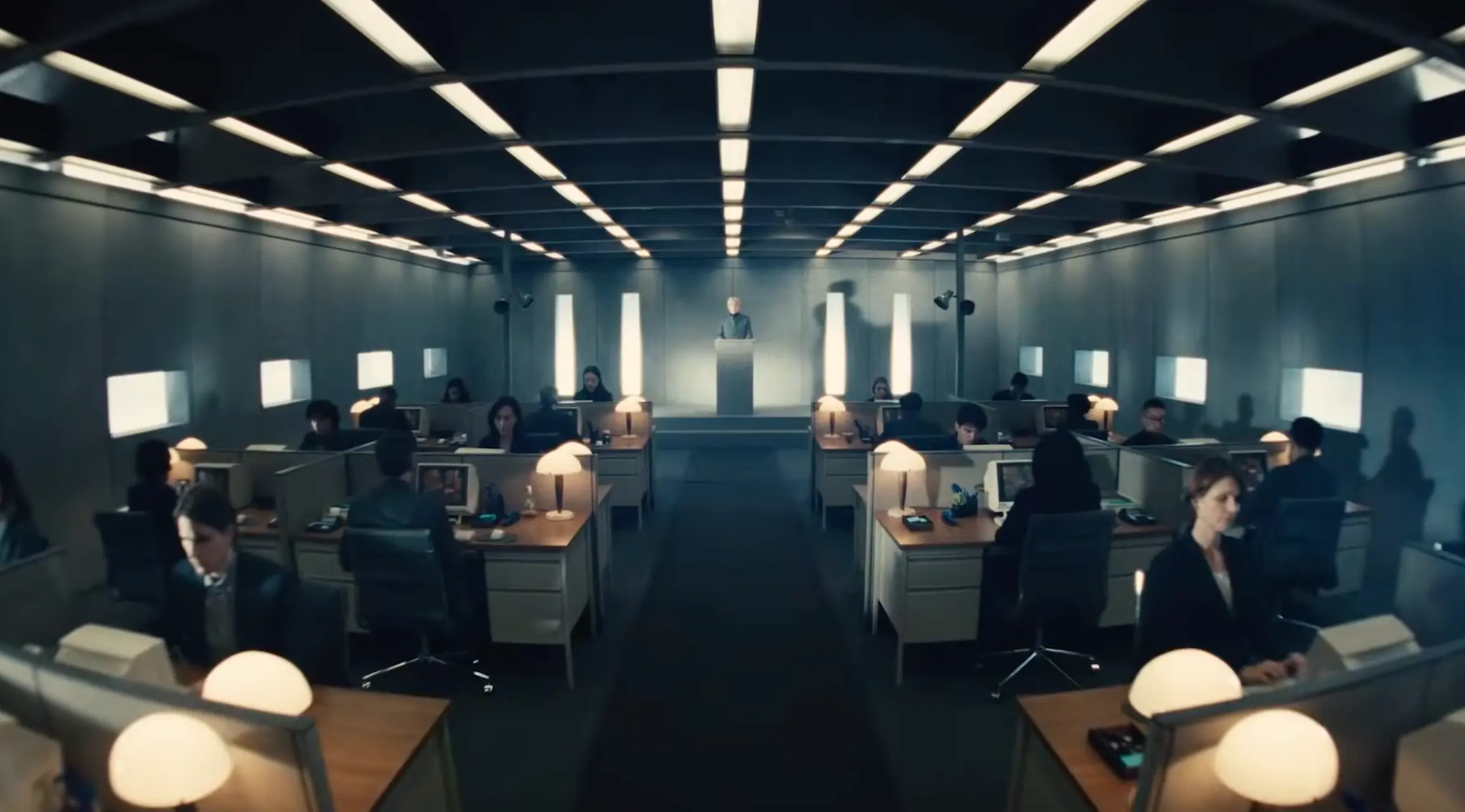AI in Content Creation: How Young Creators are Using Technology to Stand Out
Updated on
Published on
.avif)
In today's digital age, the landscape of content creation is rapidly evolving, with Artificial Intelligence (AI) at the forefront of this transformation. Young creators, in particular, are harnessing the power of AI to distinguish themselves in a crowded online space. But how exactly are they doing this? And what does it mean for the future of creativity? We'll explore the ways AI Studios are revolutionizing content creation, the benefits they offer young creators, and how they’re even changing the way students learn.

How AI is Changing the Way Students Learn
Artificial Intelligence isn’t just revolutionizing content creation; it’s also transforming education in ways we never imagined. For students, AI is becoming an integral part of the learning experience, reshaping how they engage with information and develop new skills.
Artificial Intelligence isn’t just revolutionizing content creation; it’s also transforming education in ways we never imagined. For students, AI is becoming an integral part of the learning experience, reshaping how they engage with information and develop new skills. While AI can be a great tool for improving learning in a variety of topics, including math, science, and even the creative arts, kids may require extra assistance in order to produce original and high-quality writing. In these cases, choosing an option to write my essay by professional essay service can be a smart decision. This service ensures that learners not only meet their academic requirements but also submit work that reflects a deep understanding and strong command of the subject matter. By combining the efficiency of AI with professional assistance, learners can achieve the best of both worlds in their educational journey.
The Rise of AI in Content Creation
The integration of AI into content creation has been swift and transformative. What was once a labor-intensive process requiring hours of human effort can now be streamlined with the help of AI tools. Over the past few years, AI technology has advanced significantly, becoming more accessible and user-friendly. This has allowed young creators, who might not have extensive resources or experience, to produce high-quality content that can compete with that of seasoned professionals.
AI applications in content creation are diverse and highly effective. For example, AI-powered text generators like GPT (Generative Pre-trained Transformer) can instantly produce written content, from blog posts to social media updates. Video editing software, such as Adobe Premiere Pro, integrates AI features like color correction and scene detection, streamlining the editing process and making it easier to create professional-quality videos. For those looking to experiment with AI-driven editing tools, there are ways to use Adobe Premiere Pro free on a trial basis. Additionally, platforms like Canva leverage AI to offer design templates and suggestions, making graphic design more intuitive and accessible.
These AI tools are not just for content creation but also for content management. Artificial intelligence is being used by social media management companies such as Hootsuite to evaluate engagement data, improve posting schedules, and even provide new ideas based on hot subjects. This level of automation and insight allows young creators to focus more on the creative process while AI handles the logistical aspects.
Advantages of AI for Young Creators
So, why are young creators flocking to AI tools? The advantages are numerous and impactful. Firstly, AI enhances creativity and productivity by automating routine tasks. For example, an AI tool can handle the tedious process of editing a video, allowing the creator to focus on storytelling and creative direction. This not only saves time but also frees up mental space for innovation.
Moreover, AI tools are incredibly efficient. They can analyze large datasets in seconds, providing insights that would take a human hours or even days to compile. For young creators who are often juggling multiple projects or side hustles, this efficiency is a game-changer. AI enables them to maintain a consistent output of high-quality content without burning out.
Another significant advantage is the democratization of professional-level tools. In the past, creating top-tier content often required expensive software and specialized skills. Today, AI tools are leveling the playing field. Many of these tools are available at low cost or even for free, giving young creators access to capabilities that were once out of reach. This means that a teenager in their bedroom can produce content that rivals that of large companies with dedicated teams and budgets.
Innovative Ways Young Creators Are Using AI
Young artists are pushing the limits of AI's capabilities rather than merely utilizing it. Artificial intelligence (AI) is being employed in novel ways that defy preconceived ideas about creativity, from creating entirely new art forms to optimizing material for specific audiences.
A field in which emerging artists are thriving is AI-powered content personalization. AI can assist content producers in customizing their work for various audience segments by evaluating audience data. For example, a YouTuber might use AI to determine what type of content resonates most with their viewers in different age groups or geographical locations. This allows them to create personalized experiences that keep their audience engaged and coming back for more.
Case studies abound of young creators using AI to stand out. Take Lil Miquela, a virtual influencer created using AI, who has amassed millions of followers on Instagram. Her creators use AI to generate lifelike images and interactions, blurring the lines between human and digital personas. This has opened up new possibilities for storytelling and brand partnerships that were previously unimaginable.
Another example is how AI is being used to create entirely new genres of art. Generative Adversarial Networks (GANs), a type of AI, are being used by young artists to create digital paintings, music, and even fashion designs. These AI-generated works often combine elements in unexpected ways, leading to fresh and innovative artistic expressions that push the boundaries of what is considered art.
AI is also helping creators optimize their workflow. Tools like Jasper (formerly Jarvis) are being used to generate first drafts of blog posts, product descriptions, and social media content. This saves time for artists by enabling them to concentrate on honing and customizing their work instead of beginning from scratch. Additionally, AI-driven analytics tools provide real-time feedback on content performance, enabling creators to make data-driven decisions on how to tweak their content for better engagement.

Challenges and Ethical Considerations
While the benefits of AI in content creation are clear, there are also challenges, ethical considerations, and AI regulatory compliances to keep in mind. A primary worry is that AI might eventually replace human ingenuity. As AI becomes more capable, there’s a risk that creators might rely too heavily on these tools, leading to a homogenization of content where everything starts to look and feel the same.The ethical ramifications of AI-generated content present another difficulty. For example, when an AI writes an article or creates a piece of art, who owns the copyright? And what happens when AI tools are used to create deepfakes or misleading content? These are complex questions that the creative community is still grappling with, and there are no easy answers.
Moreover, there’s the issue of authenticity. Audiences crave genuine connections with the creators they follow, and there’s a risk that AI-generated content could feel impersonal or inauthentic. Creators must find a balance between using AI to improve their output while preserving their distinct voice and vision.
Plagiarism is another concern. As AI tools become more sophisticated, there’s a risk that creators might unintentionally copy existing content or ideas. AI can generate content quickly, but it can also inadvertently pull from sources without proper attribution, leading to potential legal issues and ethical dilemmas.
Conclusion
Artificial Intelligence is undoubtedly reshaping the world of content creation, offering young creators unprecedented opportunities to innovate and stand out. From personalized learning experiences that help students acquire essential skills to AI-driven tools that enhance creativity and productivity, the impact of AI is vast and far-reaching. Even though artificial intelligence (AI) has many benefits, it's important to balance technology with human ingenuity. By using AI as a tool rather than a crutch, young creators can continue to produce content that resonates on a deep and personal level, ensuring that their work remains both unique and authentic.
The advantages and difficulties presented by AI technology will grow as it does. For young creators, the key to success will be embracing these changes while staying true to their creative vision. They will be able to use AI in this way to produce content that will not only stand out in the congested digital space but also leave a lasting impression on their audience. The future of content creation is bright, and with AI as an ally, the possibilities are truly limitless.







